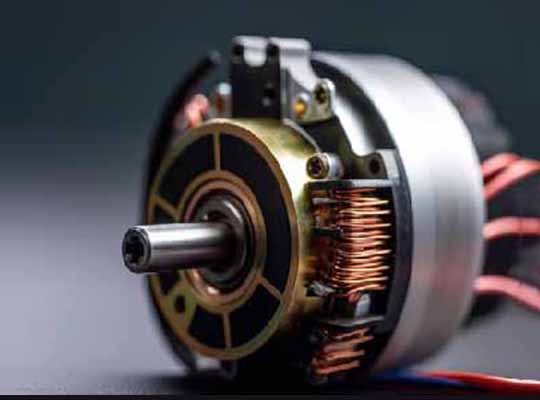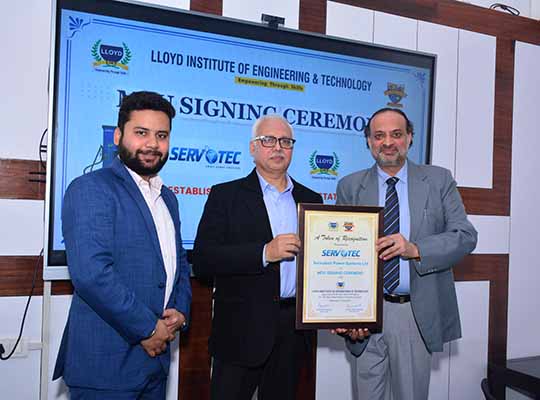According to a new report published by Allied Market Research, the high speed motors market size was valued at $12.6 billion in 2022, and is estimated to reach $21.7 billion by 2032, growing at a CAGR of 5.7% from 2023 to 2032.
A high speed motor is an electric motor specifically designed for operation at significantly elevated speeds compared to standard motors. These motors are tailored for situations where rapid rotation or a high RPM (Revolutions Per Minute) is essential.
Asia-Pacific dominated the high speed motors market and is expected to grow at a CAGR of 5.8% during the forecast period.
The major players operating in the high speed motors industry are ABB Ltd., Emerson, GE Company, Meidensha Corporation, Mitsubishi Electric Corporation, Nidec Industrial Solutions, Siemens AG, Hitachi Ltd., Toshiba Corporation, and Turbo Power Systems (TPS).
The permanent magnet motor segment is projected to grow at the highest CAGR of approximately 6.0%, in terms of during the high speed motors market forecast period.
The machine tools segment dominated the high-speed motors market share growing at a CAGR of 5.7% in 2022.
The high voltage segment dominated the high-speed motors market growth with a CAGR of 5.5% in 2022.
People use high speed motors in all sorts of machines. They go in things such as CNC machines, milling machines, and precision grinders to spin things really fast. They are also in aircraft stuff, such as starting jet engines, power units, and airplane instruments.
In electric and hybrid cars, they make things such as electric compressors and cooling fans work. In medicine, they’re used in dental tools, centrifuges, and lab machines that need to spin stuff quickly. You can find them in power tools such as high-speed drills and rotary tools that cut and drill things fast.
In electronics factories, they are in machines that put components on circuit boards and solder them. And they even help wind turbines make electricity when they spin fast. Such application offers numerous high speed motors market scope for growth.
High speed motors are made to work really fast, way faster than regular motors. They can spin tens of thousands of times per minute or even more. Engineers pay a lot of attention to detail when making sure they work well at these super high speeds.
Compared to motors that have the same power, high speed motors are usually smaller and lighter, which makes them good for tight spaces. They might use special materials for some parts to reduce power loss when they go super-fast.
High speed motors are better in some situations as they waste less energy and are good at turning power into speed. They also control how fast they spin really precisely, which is important for tasks that need to be very accurate. Their small size is useful for fitting them into small spaces.
Meeting regulatory standards and safety requirements is challenging, particularly in industries such as aviation and healthcare, where high speed motors are used. Developing materials and manufacturing processes capable of withstanding high speeds and reducing losses is expensive and time-consuming.
Some high speed motors, especially those used in heavy industry, contribute to noise pollution and environmental concerns. Meeting environmental regulations adds costs and constraints.
In certain industries and applications, the market for high-speed motors is already mature, leaving limited room for significant growth.
Homopolar motors, also known as unipolar motors or Faraday motors, are a type of electric motor that operates on a simple principle involving a magnetic field and electrical current. While they are not the most common choice for high speed applications, they have unique characteristics that make them suitable for certain niche uses.
Coreless motors are a type of electric motor known for their lightweight and high-speed capabilities. They lack a traditional iron core in the rotor, allowing for faster acceleration and higher rotational speeds.
Coreless motors are commonly used in precision instruments, such as camera lenses, optical equipment, and gyroscopes, where rapid and precise movements are required.
Source: https://www.alliedmarketresearch.com/high-speed-motors-market-A71160













